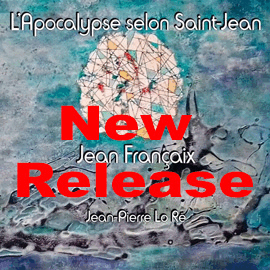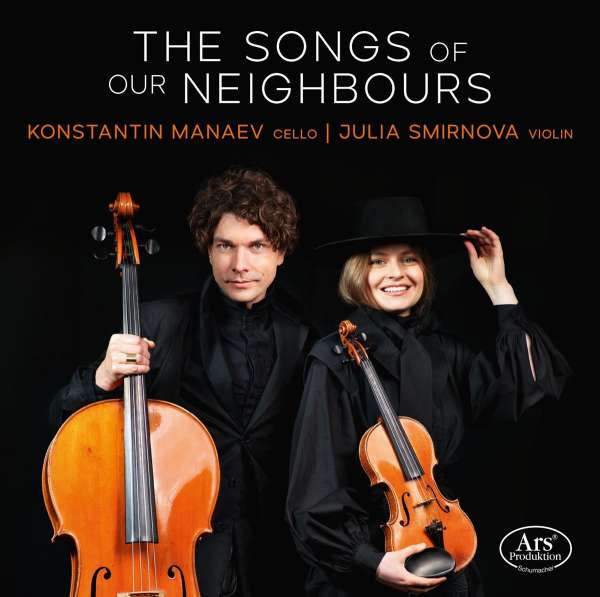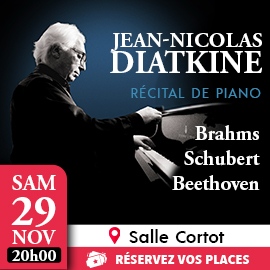Vor allem zeitgenössische Werke für Violine und Cello präsentiert das Musikerpaar Julia Smirnova und Konstantin Manaev, die auch einen persönlichen Bezug zu ihnen haben. Das von ihnen seit langem gepflegte Duo von Kodaly steht sowohl im musikalischen als auch im faktischen Zentrum ihrer Einspielung. Sie haben es mit kleineren Werken umgeben, bei denen es sich im Falle der drei Stücke von Sviridov um Umarbeitungen von Orchesterwerken handelt, bei Johanna Doderers Volcano wurde aus der Cellosolo-Kadenz ein Duo. Alle diese Stücke haben einen direkt ansprechenden Charme, bis hin zur Komposition Geschenk von Ondrej Kukal.
Immer auch im Bewusstsein ihrer spieltechnischen Stärken, insbesondere bei den virtuos tänzerischen Stücken, stürzen sich die beiden Interpreten auf die Werke, ohne deswegen ins oberflächlich Plakative abzugleiten. Aus jedem Ton und jeder Phrase hört man die tiefe Vertrautheit mit und die Freude an der präsentierten Musik und auch der beiden Musiker miteinander heraus. So geben sie den kürzeren Werken genau das, was diese benötigen, nämlich eine mitreißende Gestaltung, die von Spielfreude und Witz nur so glüht. Doch, wie schon geschrieben, ist das trotzdem nicht nur oberflächlich, sondern lässt gleichzeitig die Seele der Musik mit aufscheinen. Beim Duo von Kodaly zeigen sie dann auch ihr Verständnis für die größere Form. So entwickeln sie hier eine Version, die sich durchaus neben anderen hören lassen kann.
Primarily contemporary works for violin and cello are presented by the musical couple Julia Smirnova and Konstantin Manaev, who also have a personal connection to them. Kodaly’s duo, which they have cultivated for a long time, is both the musical and factual center of their recording. They have surrounded it with smaller works which, in the case of Sviridov’s three pieces, are trnscriptions of orchestral works; in Johanna Doderer’s Volcano, the cello solo cadenza became a duo. All these pieces have a directly appealing charm, right down to the composition Geschenk (Present) by Ondrej Kukal.
Always aware of their technical strengths, especially in the virtuosic dance pieces, the two performers throw themselves into the works without slipping into the superficially placative. From every note and every phrase one hears the deep familiarity with and joy in the music presented and also of the two musicians with each other. Thus they give the shorter works exactly what they need, namely a rousing arrangement that glows with joy of playing and wit. But, as already written, this is nevertheless not only superficial, but at the same time allows the soul of the music to shine through. With Kodaly’s duo they then also show their understanding of the larger form. So they develop here a version that can be heard next to others.




















